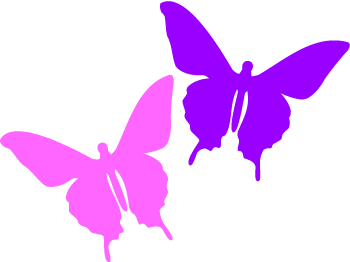top of page
Butterfly populations are a very good indicator of the health of an area's ecosystem !!
Lamproptera meges is basically black and white in color scheme, and has a large white tipped tail.
The forewing has a triangular hyaline (glass like) patch with black borders, and thin black stripes along the veins, forming six to eight spot or bands.
It also has a pale band running obliquely across the pre discal area. This band is continued onto the black hindwing which bears the long tail and prominent abdominal wing fold.
In this species, the pale bands are light green, while in the closely related species, Lamproptera curius, they are white. Also in L. curius, the white band has a hyaline outer edge.
Both sexes are alike, but the female is duller and has a ventral copulation groove before the tip of the abdomen.
The males of this species do not have the sex mark (scent organ) found in L. curius.
Being one of the smallest of swallowtails in India, the green dragontail is usually found singly along open sunlit patches, almost always near streams and water courses.
It may also be seen in small groups, usually twos or threes.
Having a small wing size to body length ratio, the butterflies have a whirring flight, rapidly beating their wings and darting back and forth in a manner reminiscent of dragonflies, with their long tails acting as rudders.
They fly in an altitude range of 100 to 1,520 m (330 to 4,990 ft) and fly from April to October.
Male dragontails suck up a lot of water from which dissolved minerals are filtered and the water then squirted from the anus.

Wingspan: 4 – 5.5 cm / 1.6 - 2.2 “
Tail: 2.5 – 4.0 cm / 0.98 - 1.57 “ long.
Family: Papilionidae
The single biggest threat to butterfly survival is habitat destruction!!

bottom of page

